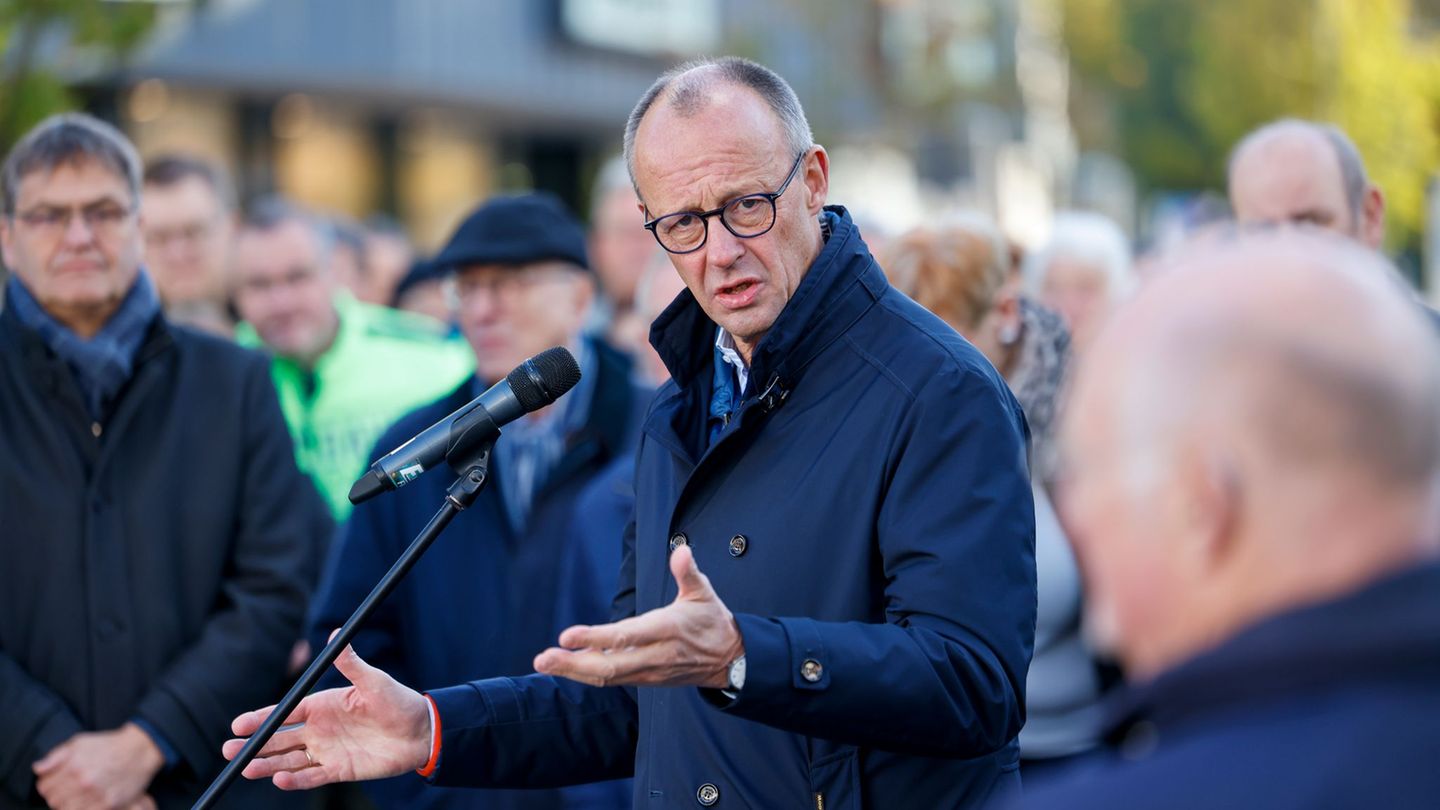The poverty in Latin America went down to 29% of the population during 2022, 1.2% less than before the start of the Covid-19 pandemic, according to the latest ECLAC report. Although the indicators improved, there are still high levels of inequality in the region, while in Uruguay There were setbacks compared to 2019.
The Economic Commission for Latin America and the Caribbean (ECLAC) published the report “Social Panorama of Latin America and the Caribbean 2023: labor inclusion as a central axis for inclusive social development”in which it analyzes the evolution of poverty, inequality and income during 2022, in relation to 2019, the last year before the pandemic.
According to the document you accessed Ambit, During the past year the percentage of people in a situation of poverty in the region it fell to 29%, while the extreme poverty decreased to 11.2%. These levels are similar to those of 2019, which marks an improvement compared to the deterioration in social indicators that was experienced during and after Covid-19.
However, despite these slight improvements, for the executive secretary of ECLAC, José Manuel Salazar-Xirinachs, “there are no reasons to celebrate.” “More of 180 million people In our region they do not have enough income to cover their basic needs and, among them, 70 million do not have income to purchase a basic food basket. In total, almost a third of the population of the region lives in poverty, a percentage that rises to 42.5% in the case of the child and adolescent population, a reality that we cannot tolerate. The incidence of poverty is also higher among women, the indigenous population and people who live in rural areas,” said the highest authority of the organization.
Another point of concern for ECLAC is that the employment creation between 2014 and 2023 has been the lowest since the 1950s, while informal employment figures have increased: in Latin America, half of the population is in the labor informality.
What is the panorama of Uruguay?
Unlike what is observed in general terms in Latin America, Uruguay had a recoil in several indicators regarding its performance in 2019. Although this is due to the fact that it started from a base of social welfare higher than in other countries – and which it still maintains in relative terms – the truth is that the country still has a way to go to recover the pre-pandemic levels in some aspects.
In this sense, a highlighted point in the ECLAC report was the per capita labor income growth in lower-income households, which showed an improvement in 3.5% At the same time, non-contributory transfers such as State aid were reduced by 1.6% and other income by 0.4%. In general terms, per capita labor income grew by 6.8%; and household per capita income improved by 2.8%.
On the other hand, the Uruguayan economy was one of the ones that grew the most in 2022, placing third in the region with a 5%, behind of Panama and Colombia.
Meanwhile, the inequality increased last year by Uruguay, and the Gini index —one of the most used to measure this social aspect of the economy—increased by 0.8% annually, marking the fastest increase in the region. In any case, this remained among the lowest values, in the segment of 0.40 or less. He poorest quintile of the country was the one that saw its income decrease the most.
In parallel, the extreme poverty also increased compared to 2019: in the pre-pandemic year it was 3%, while in 2022 it was at a 4.4%. Although it is low in relation to the region’s indicators, it indicates a deterioration in relation to the local indices.
This happens while the central government reduced by 14.7% between 2021 and 2022 the social public spending.
Source: Ambito




